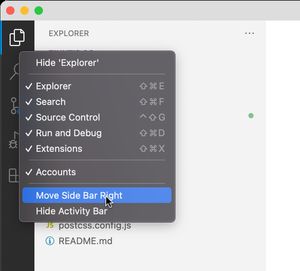Live Expressions allow you to observe values in Browser DevTools. You can enter a JavaScript expression and it will automatically show the latest value. This can be useful to see how a value changes over time or to monitor the focused element (document.activeElement) to see if focus handling is working properly.
Open the DevTools, navigate to the "Console" Tab and click the eye icon to add a new Live Expression.

